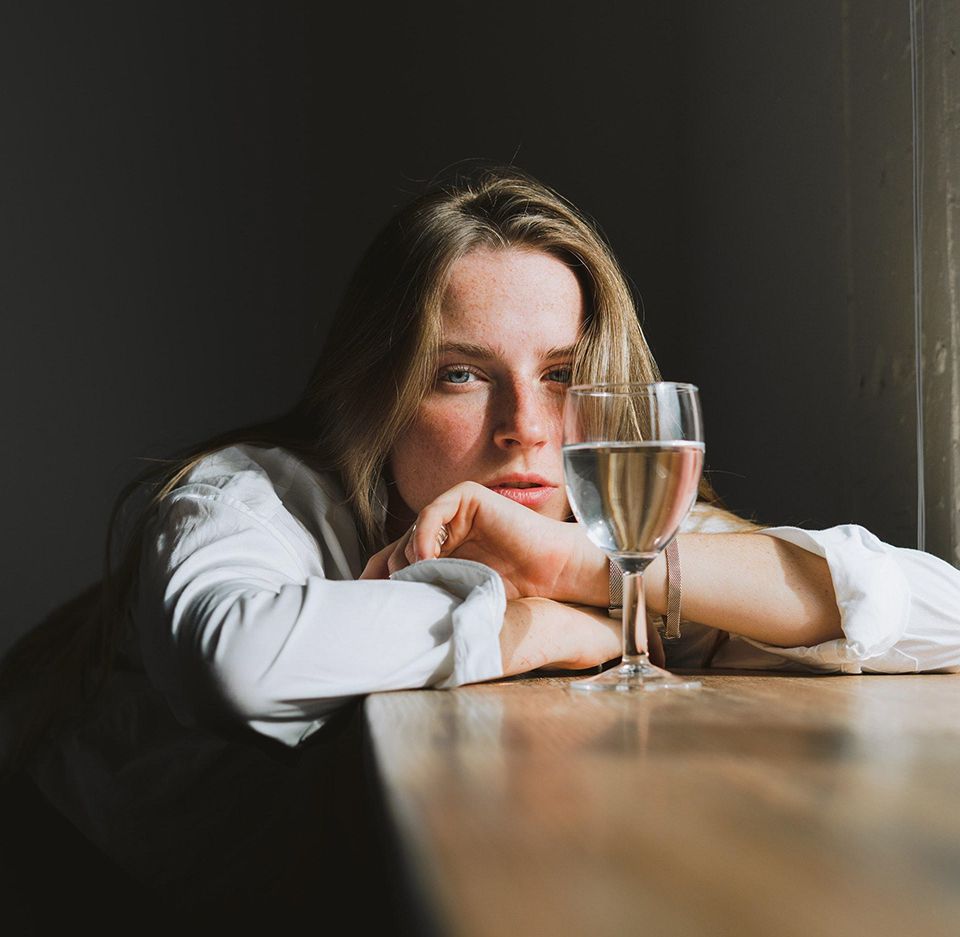Why Ayurveda says no to alcohol and Impact of it in wellness
Why Ayurveda says no to alcohol and Impact of it in wellness

Before going into details, let’s ask ourselves the question: is it good to drink wine? The “Ayurvedic” answer is simple: it depends!
What does Ayurveda say about drinking alcohol?
According to Ayurvedic texts, “the misuse of alcohol will create fear, grief, anger, disease, and death.” Let’s not forget that in the Ayurvedic system, all food is poison or medicine, depending on how it is eaten!
Also, according to Ayurveda, “if one consumes alcohol, then he must take into account the qualities of the drink, the age of the consumer, the strength of digestion, the current state of health or illness, and the season of the year or even the time of day.”
Let’s try to apply these principles to concrete cases: If you come home feeling agitated, stressed, frustrated, and/or angry, the qualities of alcohol (hot, dry) will intensify these feelings.
On the contrary, you will feel much better and better manage the next day at work, meditating or doing some yoga postures. Then you probably won’t crave alcohol.
According to Ayurveda, alcohol is the destroyer of Ojas.
What is Ojas?
Ojas refers to that which stabilizes the body and mind. It supports the immune system and keeps the mind happy. When you are stressed, Ojas gives you the ability to hold on. Ojas strengthen the foundation of your life.
How does alcohol affect Ojas?
People who are not aware of this drink more to compensate; this makes them feel even worse. It is a downward spiral. In the end, not only the mind feels worse, but also the body. There is diarrhea, burning indigestion, and diseases of the liver, gallbladder, and pancreas. The immune system ends up failing. Inflammation appears. It’s not a pretty picture.
Alcoholism and Ojas
Ayurveda and alcohol: Drink Responsibly
Early signs of low Ojas
Here are some of the early signs of low Ojas according to Ayurveda:
- Complain often
- Intolerance
- Inability to manage stress Ayurveda
- Fatigue or exhaustion
- Heart irregularities
- Difficulty breathing
- Mild and frequent illnesses
- Sensitivity to strong sunlight
- Dizziness
- Intense emotions
So, how sleep management will improve productivity at work?
When enjoying a meal with friends and the group offers wine or alcohol, consider these tips:
Make sure you feel happy and healthy. Otherwise, according to the Ayurveda rule, “what can heal can harm,” the consumption of wine, far from comforting you, can make you unhappy. Give yourself permission to say with a smile, “No thanks.
Remember the golden rule: moderation, even when you’re partying. This is how we can afford to enjoy a social ritual without having to sacrifice ourselves!
Let’s also see what we can recommend depending on your Ayurvedic constitution:
Pitta: Drinking wine or alcohol in general, isn’t going to be the most relevant choice. It can aggravate the imbalance if Pitta is already in excess.
Vata: Prefer sweet wines, and of course, in moderate quantities.
Kapha: Red wine is best suited to this dosha. Hotter and drier in quality, with more tannins, this drink will provide support for digestive fires, often sluggish in Kapha temperaments.
If you are on a spiritual path or practice yoga, the chances are that you will need to drink alcohol less and less. Your body is secreting more and more “happiness hormones” (dopamine, oxytocin, and serotonin); you will easily do without this euphoria.
We believe in collaborative relationship-based care where our Ayurvedic Doctors, Ayurvedic Practitioner, Ayurvedic Supplement Brands, Ayurvedic Nutritionists & Chefs, Yoga, and Meditation Trainers are in sync. Contact the team who passionately works together to hold your hand in this healing journey.





